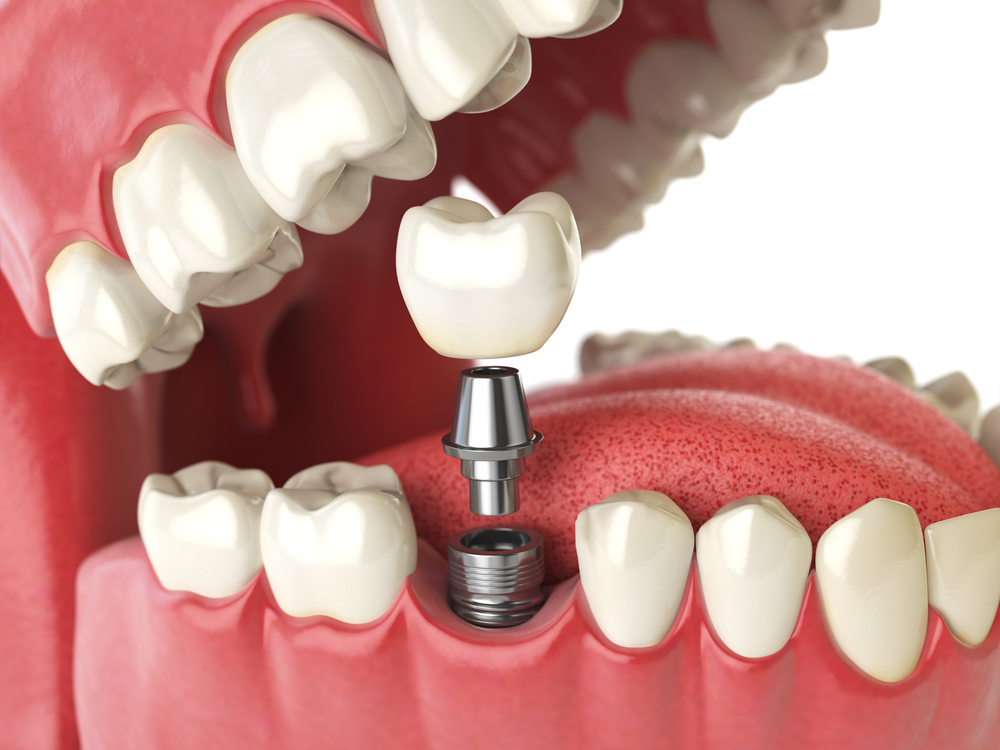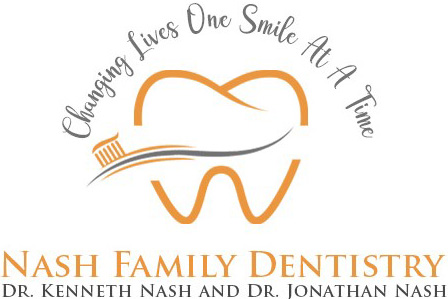
Understanding Dental Implants
Dental Implants are becoming more common for anyone who has loss either one or more missing or damaged teeth. This is because dental implants can help improve a person’s appearance and it’s also an alternative to dentures. This article will discuss what dental implants are and the different types.
What is a Dental Implant?
There are different components that make up a dental implant. Typically, a dental implant consists of a titanium post or rod that is surgically positioned into the jawbone. This titanium post or rod acts as the anchor for your artificial teeth. Also, it should be noted that your artificial teeth will be familiar to your original teeth and natural looking. Also, when determining the amount of dental work that will need to be done it really depends on the patient. For example, possible work that might need to be done could include bone grafting, a sinus lift, or a ridge expansion. As far as the approximate amount of time it will take to complete your dental implant surgery this will solely depend on the amount of work needed.
Types of Implants:
There are two different types of dental implants that The American Dental Association considers safe:
Endosteal Implants – These types of dental implants are surgically implanted into the jawbone. After it has healed a second surgery is done to attach an article to the original implant. Then in the next step an artificial tooth is then attached to the post or it is grouped together on either a bridge or a denture.
Subperiosteal – A steel framed is what these types of dental implants are made of, and this steel frame is fitted onto the jawbone right below the gum tissue. Patients who do not have a decent amount of healthy and natural jawbone and cannot or better would prefer not to undergo a bone augmentation.
Further your knowledge:
Thanks to different advances within the dental industry the process of having dental implants installed is becoming less difficult as well as cheaper. This type of procedure because it’s often considered cosmetic is usually not covered by insurance, but it’s best to reach out to your dentist to explore all your options.
